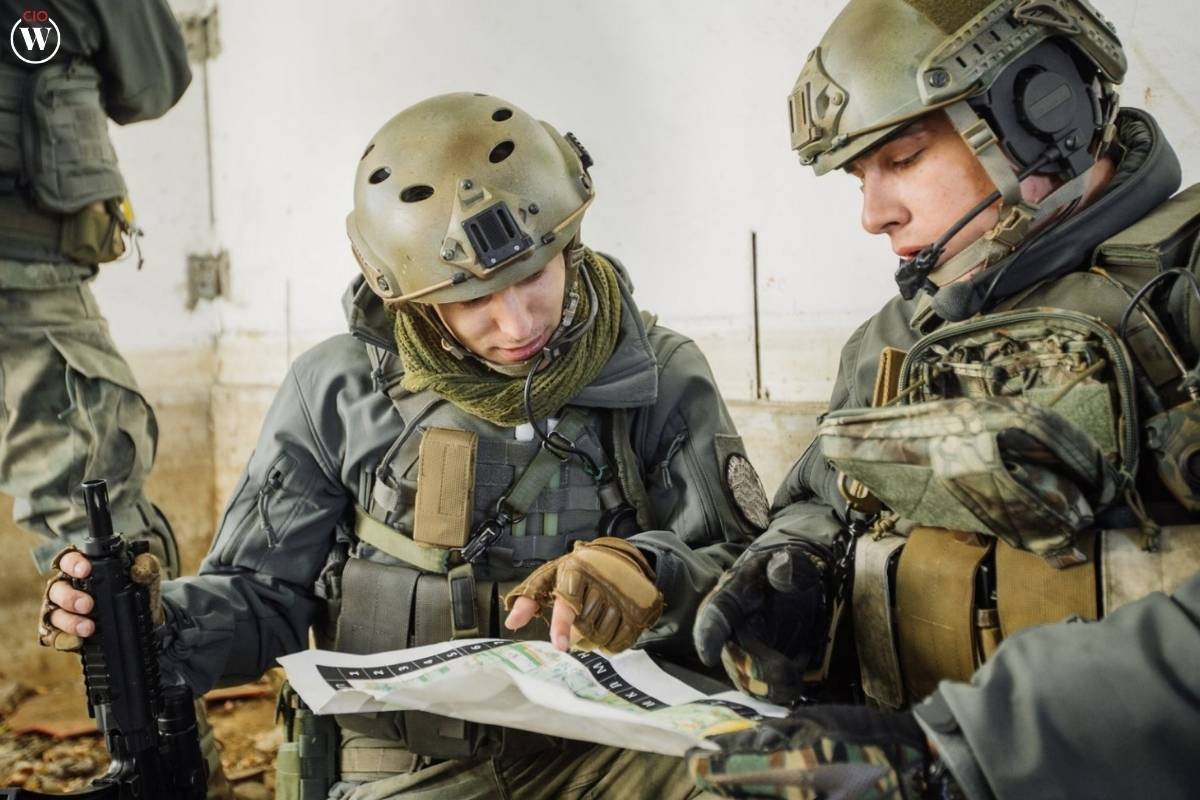In the realm of military strategy, developing a clear vision for military success is paramount. This vision serves as a guiding star, ensuring that all efforts are aligned toward a common objective. It is not just about winning battles; it’s about achieving sustainable outcomes that lead to long-term stability and security. A clear vision for military success encompasses strategic planning, operational efficiency, and adaptability in the face of evolving challenges. Here, we delve into the essential components of crafting and implementing such a vision.
Understanding the importance of a clear vision
A clear vision for military success provides a roadmap for military leaders and personnel. It ensures that every action taken is part of a cohesive strategy, reducing the risk of missteps and miscommunication. This vision should be rooted in a deep understanding of both the immediate and broader geopolitical landscape. It involves anticipating future threats, recognizing potential opportunities, and preparing to leverage both to the nation’s advantage.
Elements of a vision for military success
1. Strategic objectives:
Defining clear, achievable objectives is the first step in developing a vision for military success. These objectives should be aligned with national interests and security goals. Whether its deterring aggression, securing vital resources, or maintaining peace and stability, clear objectives provide a focus for all military efforts.
2. Comprehensive planning:

A robust vision for military success requires meticulous planning. This involves assessing the capabilities and readiness of the armed forces, identifying potential threats, and developing strategies to address them. Comprehensive planning also includes logistics, resource management, and coordination with allies and partners.
3. Operational readiness:
Ensuring that military forces are ready to respond swiftly and effectively to any threat is crucial. This includes regular training, maintaining high levels of physical and mental fitness, and ensuring access to cutting-edge technology and equipment. Operational readiness is a key component of a vision for military success.
4. Adaptability and Flexibility:
The ability to adapt to changing circumstances is vital. Military success often hinges on the ability to respond to unforeseen challenges and exploit new opportunities. A clear vision should include mechanisms for continuous learning and adaptation.
Strategic implementation of the vision
To translate a vision for military success into reality, strategic implementation is necessary. This involves several critical steps:
1. Leadership and Communication:
Effective leadership is the cornerstone of any successful military strategy. Leaders must communicate the vision clearly and consistently, ensuring that every member of the military understands their role in achieving the overall objectives. This includes fostering a culture of discipline, accountability, and innovation.
2. Resource allocation:
Allocating resources efficiently is essential. This includes not only financial resources but also personnel, technology, and time. Prioritizing investments in areas that will have the greatest impact on achieving military success is crucial.
3. Partnerships and alliances:
Building and maintaining strong alliances is a key aspect of a successful military strategy. Collaborating with international partners can enhance capabilities, share intelligence, and provide critical support during operations. A vision for military success should include a focus on strengthening these relationships.
4. Continuous assessment and feedback:
Regularly assessing progress and incorporating feedback is important for staying on track. This involves monitoring key performance indicators, conducting after-action reviews, and making necessary adjustments to strategies and plans.
Challenges in developing a clear vision for military success
Crafting a clear vision for military success is not without its challenges. These can include:
1. Evolving threats:
The nature of threats is constantly changing, from traditional state actors to non-state actors and cyber threats. Staying ahead of these evolving challenges requires continuous monitoring and adaptation.
2. Political and economic constraints:

Military strategies are often influenced by political and economic factors. Balancing military needs with budgetary constraints and political considerations can be challenging.
3. Technological advancements:
Rapid advancements in technology can be both an opportunity and a challenge. Integrating new technologies into existing systems and ensuring that personnel are trained to use them effectively is critical.
4. Public perception and support:
Maintaining public support for military initiatives is important for long-term success. This requires transparent communication and demonstrating the value of military efforts to national security and well-being.
Case studies: successful military visions
Examining successful military strategies can provide valuable insights into what makes a vision for military success effective. Here are a few examples:
1. The U.S. Armed Forces:
The United States military has a long history of strategic planning and operational excellence. The concept of “full-spectrum dominance” encapsulates a vision for military success that focuses on superiority across all domains of warfare, including land, sea, air, space, and cyberspace. This comprehensive approach has enabled the U.S. to maintain a position of global military leadership.
2. NATO’s collective defense:
The North Atlantic Treaty Organization (NATO) operates on the principle of collective defense, where an attack on one member is considered an attack on all. This vision for military success relies on the strength of its alliances and the commitment of its member states to mutual defense. NATO’s strategic planning and coordinated efforts have been instrumental in maintaining security and stability in the Euro-Atlantic region.
3. Israel’s defense strategy:
Israel’s vision for military success is shaped by its unique security environment. The country focuses on maintaining a qualitative military edge, rapid mobilization, and preemptive capabilities to address potential threats. This vision has enabled Israel to navigate a complex and often hostile regional landscape effectively.
Future trends in military strategy
As we look to the future, several trends are likely to shape the development of a vision for military success:
1. Cyber warfare:
The increasing importance of cyberspace in military operations cannot be overstated. Developing capabilities to defend against cyber threats and to conduct offensive cyber operations will be crucial components of future military strategies.
2. Artificial intelligence and autonomous systems:

The integration of artificial intelligence (AI) and autonomous systems into military operations holds great promise. These technologies can enhance decision-making, improve operational efficiency, and reduce the risk to human personnel.
3. Space as a military domain:
Space is becoming an increasingly contested domain. Future visions for military success will need to address the challenges and opportunities associated with space operations, including satellite defense and space-based reconnaissance.
4. Hybrid warfare:
The blending of conventional and unconventional tactics, known as hybrid warfare, presents new challenges. Developing strategies to counter hybrid threats, which may include a mix of military, economic, and informational tactics, will be essential.
Conclusion
In conclusion, developing a clear vision for military success is a multifaceted endeavor that requires strategic foresight, comprehensive planning, and effective implementation. It involves setting clear objectives, ensuring operational readiness, and maintaining the flexibility to adapt to changing circumstances. By learning from past successes and staying attuned to future trends, military leaders can craft strategies that not only achieve immediate goals but also contribute to long-term stability and security. A clear vision for military success is not just about winning battles; it’s about creating a sustainable framework for peace and security in an ever-changing world.









